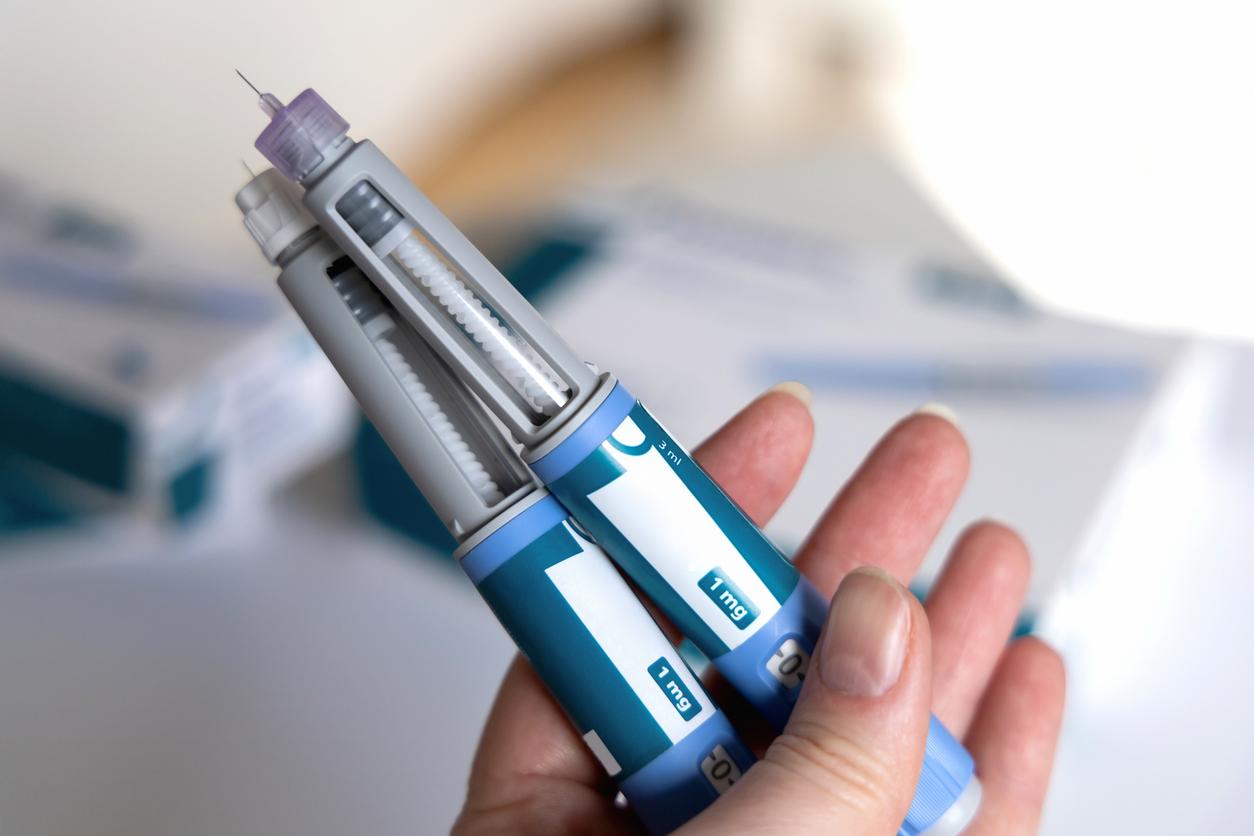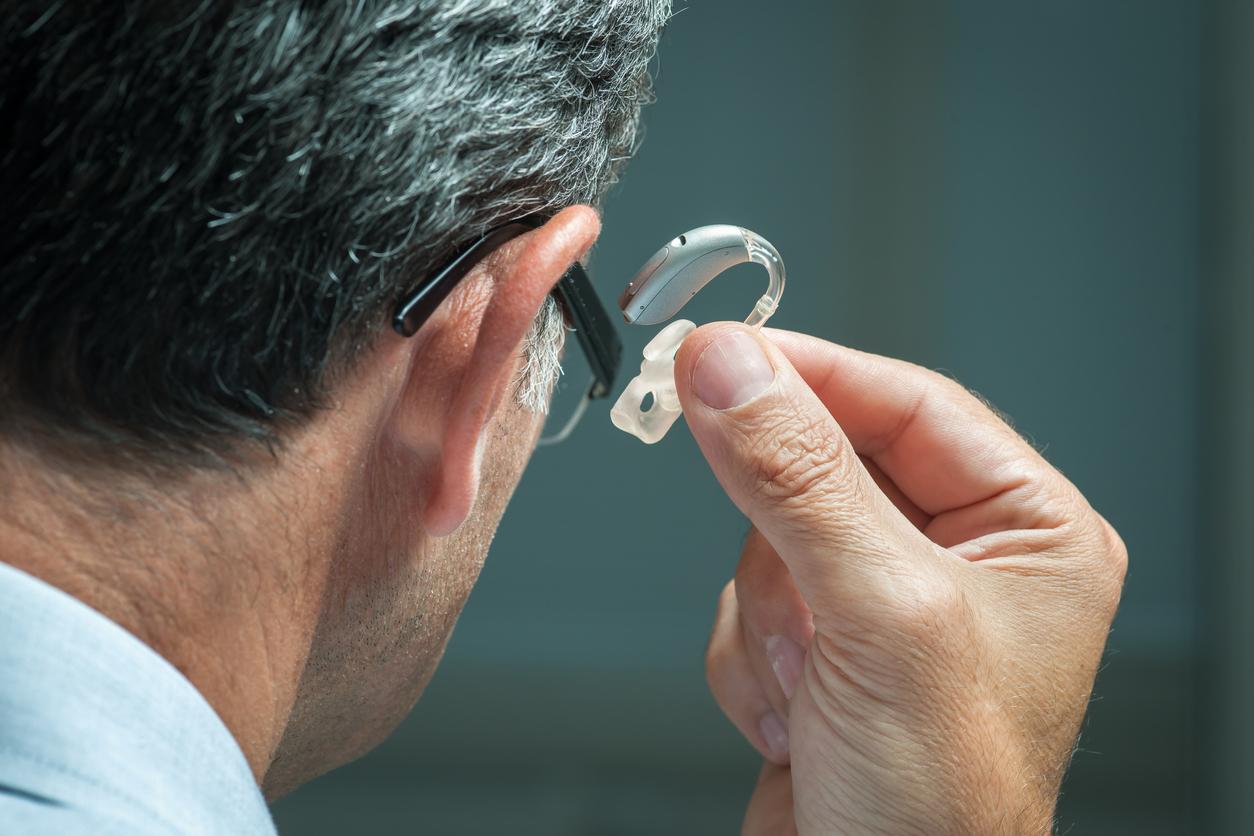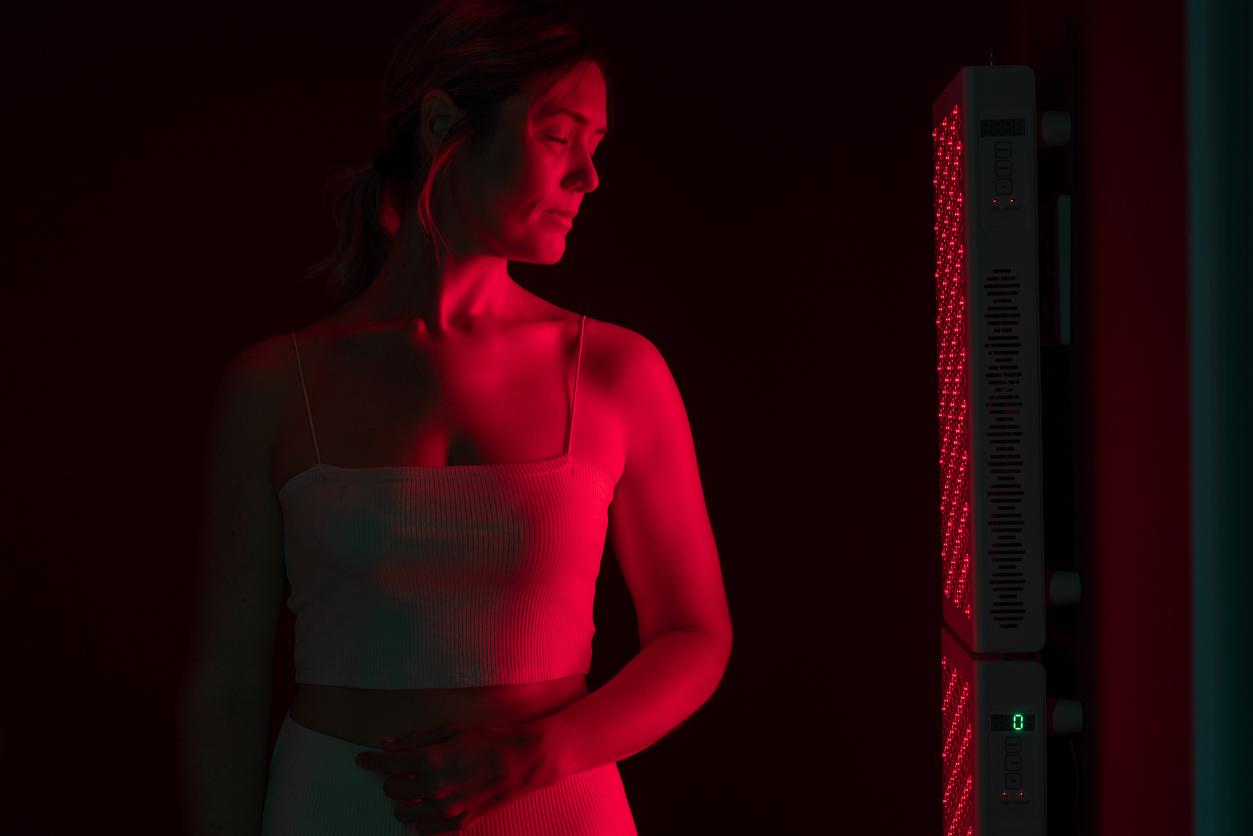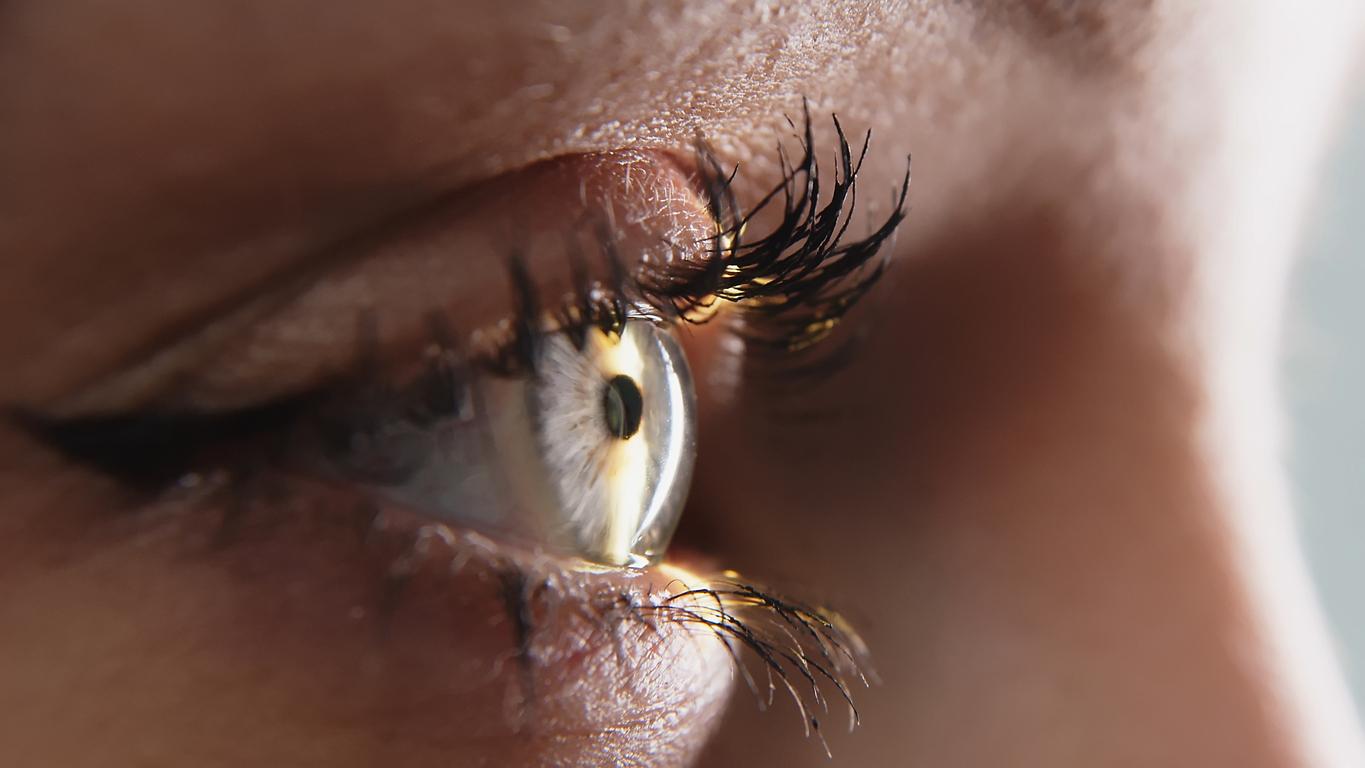Two distinct eye diseases can contribute to age-related macular degeneration (AMD), one of the leading causes of blindness in France, according to a US study.

- Age-related macular degeneration (AMD) is the leading cause of visual impairment in people over 50, says Inserm.
- It is estimated that 12% of the population between 65 and 75 years old has AMD, and this number is increasing every day (Syndicat national des ophtalmologistes de France).
This is a first: a new study from the New York Eye and Ear Infirmary of Mount Sinai demonstrated that two different types of deposits in the retina can contribute to early AMD, which can progress to advanced AMD and blindness.
AMD is an age-related visual impairment
These two diseases could be diagnosed, studied and treated separately with appropriate early intervention to prevent vision loss and other complications, the researchers said.
“LAge-related macular degeneration (AMD) corresponds to a degradation of part of the retina (the macula), which can lead to the loss of central vision. This disease of multifactorial origin affects people over 50 years old. Although very debilitating, AMD never causes total blindness since the peripheral part of the retina remains intact.”, according to theInserm.
AMD forms with deposits in the retina, containing cholesterol, known as drusen but also deposits called subretinal drusenoids (DDS).
The light of the retina makes it possible to identify the nature of the deposits
“An amazing fact is that the retina can generate fluorescent light, similar to that of a light fixture, but a million times dimmer. For the first time, we were able to measure this faint light, called autofluorescence (AF), using ultra-sensitive detectors to study advanced AMD. We found that it was consistently twice as bright in patients with DDS as in those with drusen when they reached late-stage AMD, and that it came from a single diseased layer.“, explained the lead author, R. Theodore Smith, professor of ophthalmology at the Icahn School of Medicine at Mount Sinai in New York.
This finding provides conclusive evidence that two different disease processes are involved in AMD, one with darker fluorescence and drusen, and the other with lighter fluorescence and DDS.
AMD: the treatment of deposits is different
Drusen formation can be slowed down by appropriate vitamin supplements (beta-carotene, vitamins C and E, zinc) to prevent vision loss, but there is no known treatment for DDS yet.
“It therefore becomes important to diagnose which form of AMD the patient suffers from for the treatment and prevention of the disease.”, concludes R. Theodore Smith.


















